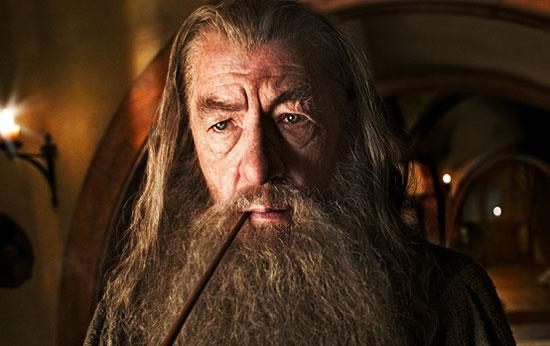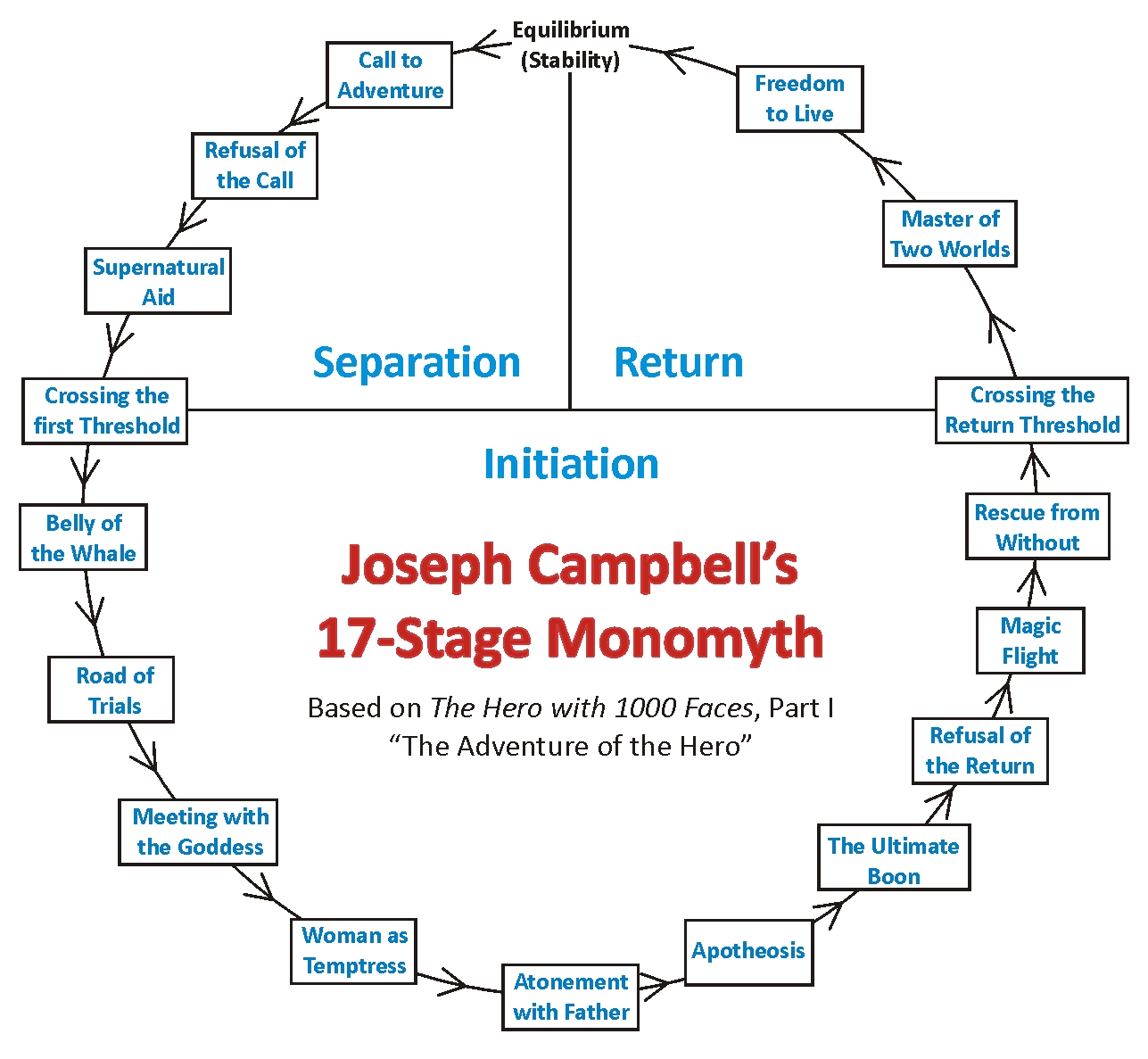Yes, they’re all Hollywood blockbusters.
Yes, they all made hundreds of millions of dollars.
However, when we look at the narrative, the main aspect that each has in common, is that they all follow the Monomyth format.
What is the Monomyth you say?
Well I’m glad you asked, because today’s post will serve as an overview of the the Monomyth. First will discuss meanings and origins. Second we’ll look at the basic components of the monomyth. And third, we’ll discuss why the Monomyth is important for everyday life.
- WHAT IS THE MONOMYTH?
Monomyth Definition: The word comes from two Greek root words. Mono, meaning “one,” and mythos, meaning “story.” So when you combine the two, you get the “one story.” The connotation being that there is one underlying structure to all stories. In recent years, the term has become synonymous with the “Hero’s Journey.” Additionally, it has loose connections with the “Fool’s Journey,” which is used in Tarot.
| Statue of Giglimesh |
The monomyth seems to be as old as humanity itself. Aspects of the monomyth can be seen in stories throughout human history. Although, several academics studied this idea throughout the ages, it wasn’t really popularized until 1949, when Professor Joseph Campbell published the book, The Hero With A Thousand Faces. Campbell was a professor of mythology and spent his life studying all of the ancient stories and fairytales. His research found that each followed a similar template. Furthermore, he stated that every step in the process had a connections with human psychology. Since then, numerous other books have been written on the subject. Moreover, several stories, movies, and even video games were written following the monomyth template. Hence my early question about Star Wars, Harry Potter, and Hunger Games.
 |
| Professor Joseph Campbell |
2. WHAT COMPRISES THE HERO’S JOURNEY?
A three act structure. Although Joseph Campbell identified roughly 17 specific steps to the Hero’s Journey, the base steps are comprised of a three act structure. Others, such as screen writer Chris Vogler, author of The Writer’s Journey, partitions them even further. However, the three main steps are as follows: Separation: First the hero must leave his normal world by accepting the call to adventure, meeting helpers/mentors, and cross the threshold into the special world. Initiation: Second the hero must face the road of trials, enter the proverbial belly of the whale, face death and receive the ultimate boon. Return: Lastly the hero must return to the normal world to share the boon with others.
Also archetypes. Aside from the three main plot events, the monomyth is comprised of several archetypes. These are characters that fulfill major roles in the story and represent a psychological mechanism all humans face. The hero, mentor, and villain are just a few of the basic archetypes that comprise the monomyth.
 |
| Gandalf is the epitome of the mentor archetype. |
3. WHY IS THE MONOMYTH IMPORTANT?
Helps writers write, right. On the surface level, the monomyth is a great tool for storytellers. It is great template to structure their work on. It also provides the writer a map to reference if they feel their story has gone off of the beaten path.
Gives us insight into our own lives. On a deeper level, the monomyth helps us evaluate our own lives. Whether you’re writing a novel, going out on a date, or giving a job interview, we all tell stories everyday. But what we don’t realize is that all of us are living a story. The story of our life. For example, when a young man or woman accepts the call to adventure and joins the military, they leave their normal world. They are confronted with new obstacles and challenges in the proceeding years. And at some point, they leave the military and return back to society. Changed forever, by their experiences. Moreover they use the lessons they learned to make the normal world a better place.The same thing happens to students who attend a new school. Or a couple who become parents. On a personal level, the monomyth provides us a means to regard our own narrative. To help us understand our failures and successes in a meaningful way.
CONCLUSION
Again this was just a very simple overview. But the three key take-aways are as follows, 1) Monomyth means the “one story,” and elements of the monomyth can be found in nearly all forms of mythology and fairy tales from around the world; 2) It’s comprised of a three act structure, and has several recurring archetypes; 3) it’s basic uses are for writing and story structure. However, many people find it as a helpful tool in deciphering life experiences and gaining a deeper understanding of their own life’s story.
As I mentioned before, this post is just to cover the the basics of the Monomyth. Over the course of the next few months I intend to provide several in depth explanations on the different aspects of the Hero’s Journey, and analyze more advanced steps in the narrative structure.
If you’d like to hear more about the Monomyth and Hero’s Journey, feel free to watch my YouTube video on it here:
Follow Josh onYouTube here: https://www.youtube.com/user/Tipperdy
Or Twitter: @Joshumusprime
Or Twitter: @Joshumusprime
Or Facebook: www.facebook.com/thepolymathparadigm
And you can his NaNo progress here: http://nanowrimo.org/participants/tipperdy
And he has a book on military transitions here: http://www.amazon.com/About-Face-Josh-Coker-ebook/dp/B00N4GYB84/




No comments:
Post a Comment